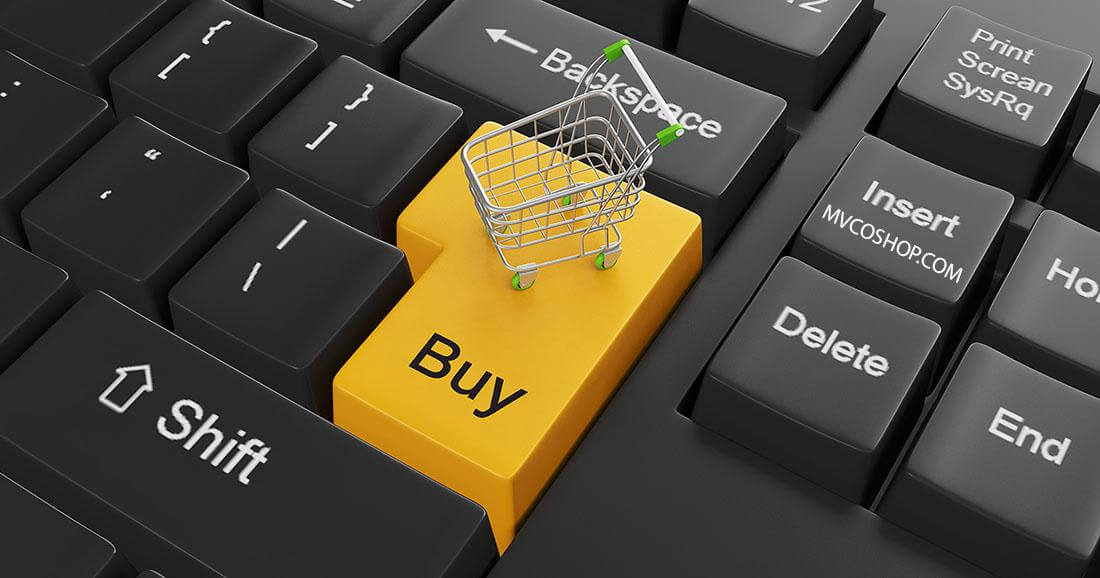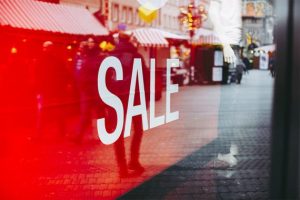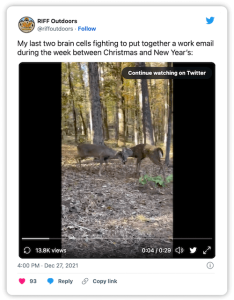The best example of personalized offline advertising is Mondelez smart shelves that are able to determine the demographic data of the buyer and use them to display personalized advertisements on the displays near the cashier. The shelves determine when someone is taking a particular product to see it closer. Thus, the technology allows considering the preferences of a potential buyer to provide him a special offer. I think this trend will significantly increase sales in offline stores in future.
I’m sure that the importance of big data to personalize and optimize the experience will be the main global trend for the next couple of years. The concept of personalization is applicable to virtually any goods intended for personal consumption or use. To sum up, it provides: The growing role of mobile devices and technologies such as iBeacons pushes developers and marketers to interact with clients in real time. Such an interaction can become the main trend, as it fills the space between online shopping and visiting physical stores.
For example; The use of personal data will help to create the most efficient personalized experience of interaction.

- A good example is “Beauty Insider” – a loyalty program from the Sephora. The loyalty program a customer to create a profile, which collects information about preferences. It allows the manufacturer to continue offering exceptionally suitable products (for example, only those creams that are appropriate to the client in color or skin specificity). In addition, this information can be used to create special offers for a client. Also, customers can save favorite products and make a list of purchases made in both online and offline stores. This information is available from all devices, including iPads, provided on the racks or at the assistants in the stores.
Trunk Club customers share their preferences with the specialist and get a box of clothing, selected especially for them in return. The clients pay only for the clothing that suits their needs.
We all have become accustomed to the fact that online marketing (for example, PPC) allows displaying ads to those who already want to buy the product, and exactly when a potential buyer is ready to make a purchase. Sellers can combine the mechanisms of online and offline trade, using data collected by means of such tools or their online store. It makes possible to communicate with the buyer exclusively about what he is interested in and offer him the most relevant products and services.
[Tweet “#Personalization #Trends in #Retail has changed drastically. Find out how #ecomerce “] The website sells wine by subscription. The price is $ 45 per month, every sending has three bottles of noble drink inside. By subscribing, customers create their own “flavor profile”, answering six questions.
In 2017, personalization will become even more widespread. In this regards, let’s try to predict the main changes that will likely happen very soon, both in offline and online commerce.
We used to talk about how web design affects the conversion; however, the design of the physical store has almost the same effect. Big Data is now a very valuable asset; especially in online marketing. It’s time to learn how to analyze the performance of physical stores and use this data for further interaction with customers.
That is a women’s clothing website that picks up the clothes live along with computer stylists. By registering, women fill out a detailed profile and choose whether they want to receive packages on a regular basis or only by request. The average cost of a box with five items of clothing and a prepaid package in case the customer decides to return something is about .
- A person decided to buy a product. Let’s assume the purchase turned to be quite a challenging task (to get the best offer at the lowest price). The client browsed through the offers and, found anything suitable, left the store. Imagine that the next day he got an email with the announcement of a discount on his favorite product! Quite a tempting offer, huh?
 Image Source
Image Source
-
Club W
The combination of this trend with beacon labels allows sellers to send personalized messages that redirect the client to the web page of the store he adored at the sales salon. Beacon is able to recognize a customer spending a long time at the same store department, and then to advertise the products basing on the preferences.
-
Stitch Fix
Are you ready to try this new but very promising model in your business?
-
Birchbox
Personalization is getting more and more attention in all areas of life, not just in trade. The retail tendencies of the last few years are mainly based on the use of personal data to generate ads according to the preferences and purchasing history of the individual client.
-
Trunk Club
In addition, sellers can take some goods that the potential buyer tried or focused on, and inform him when these products come at a discount.
[Tweet “Here’s how #personalization has changed in retail overtime. #ecommerce #abtesting”]
The cosmetics store launched in 2010, offers an online questionnaire that allows you to choose products based on the characteristics of skin, hair, age and other factors. The main feature of the service is that the subscribers get samples of cosmetics for free while they can buy the “full versions” on the website.
Sales salons (where customers can see the products live) have been negatively treated by a lot of retail stores, but now more and more adopt this idea. The negative attitude could be justified by the fact that many brokers have opened physical stores not to support the sector but to provide potential customers the opportunity to evaluate the products that they can purchase online.
- An increase in profits by providing customers with relevant products and services.
- Reduction in operating costs.
- An increase in customer loyalty.
- Deeper understanding of customers’ behavior and preferences.
- Adjustment of overall sales strategy to maximize profits.
Undoubtedly, personalization in retail should be built around the customer. In the end, no one but you can know better what you need.



